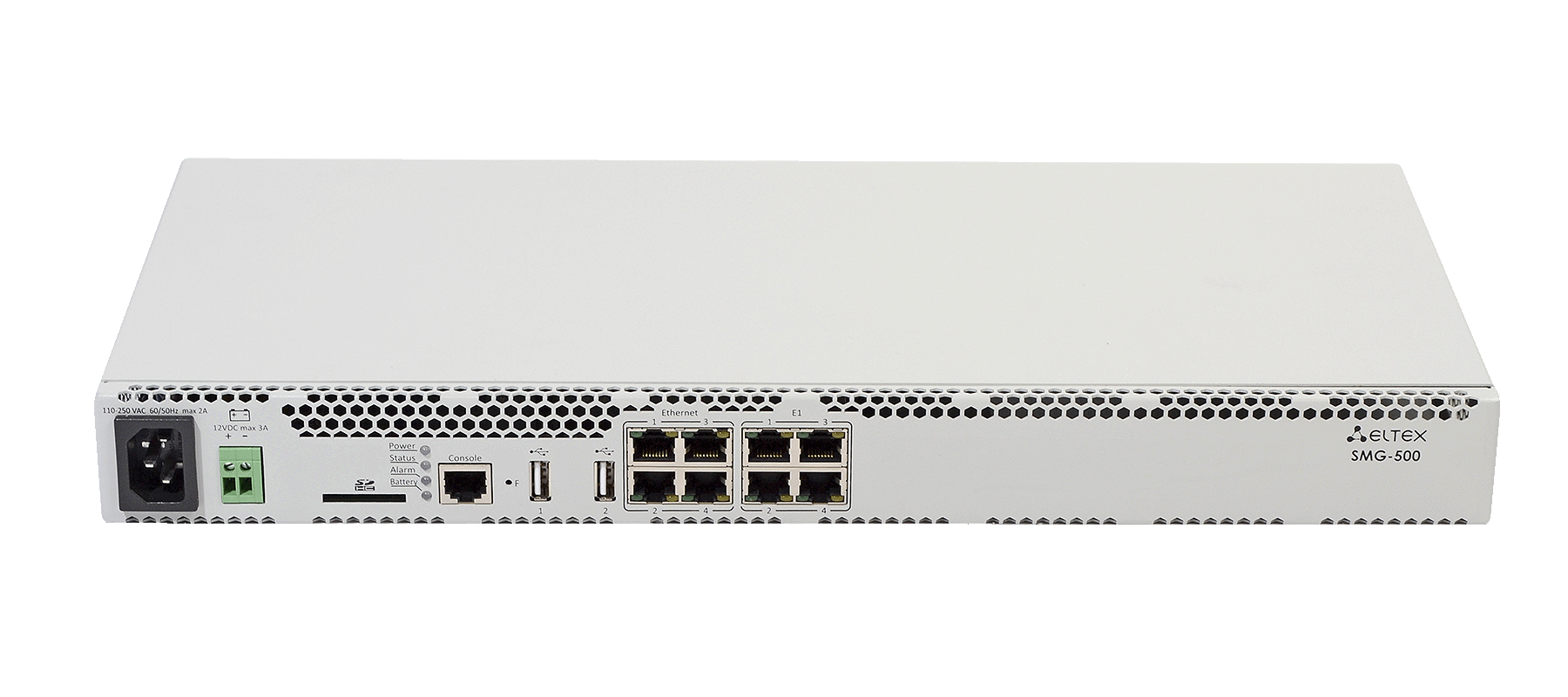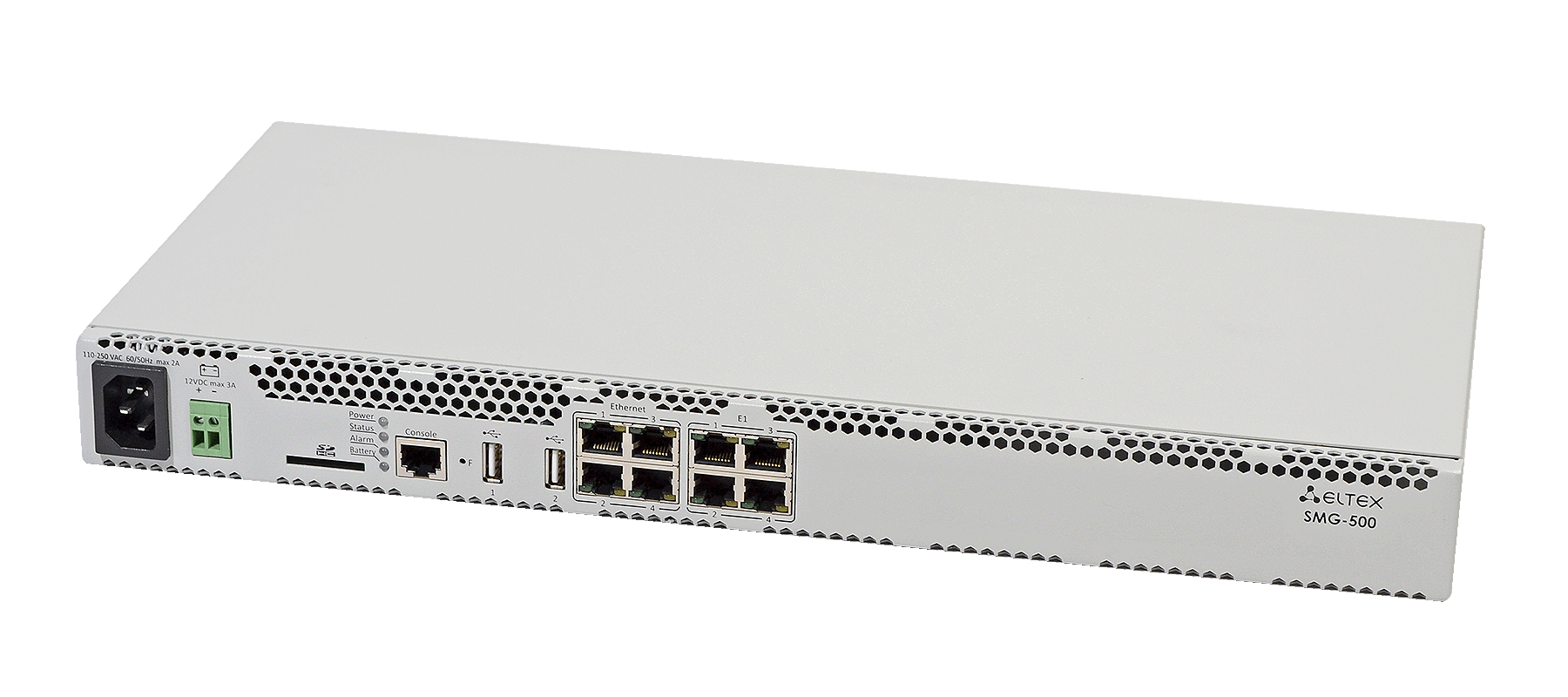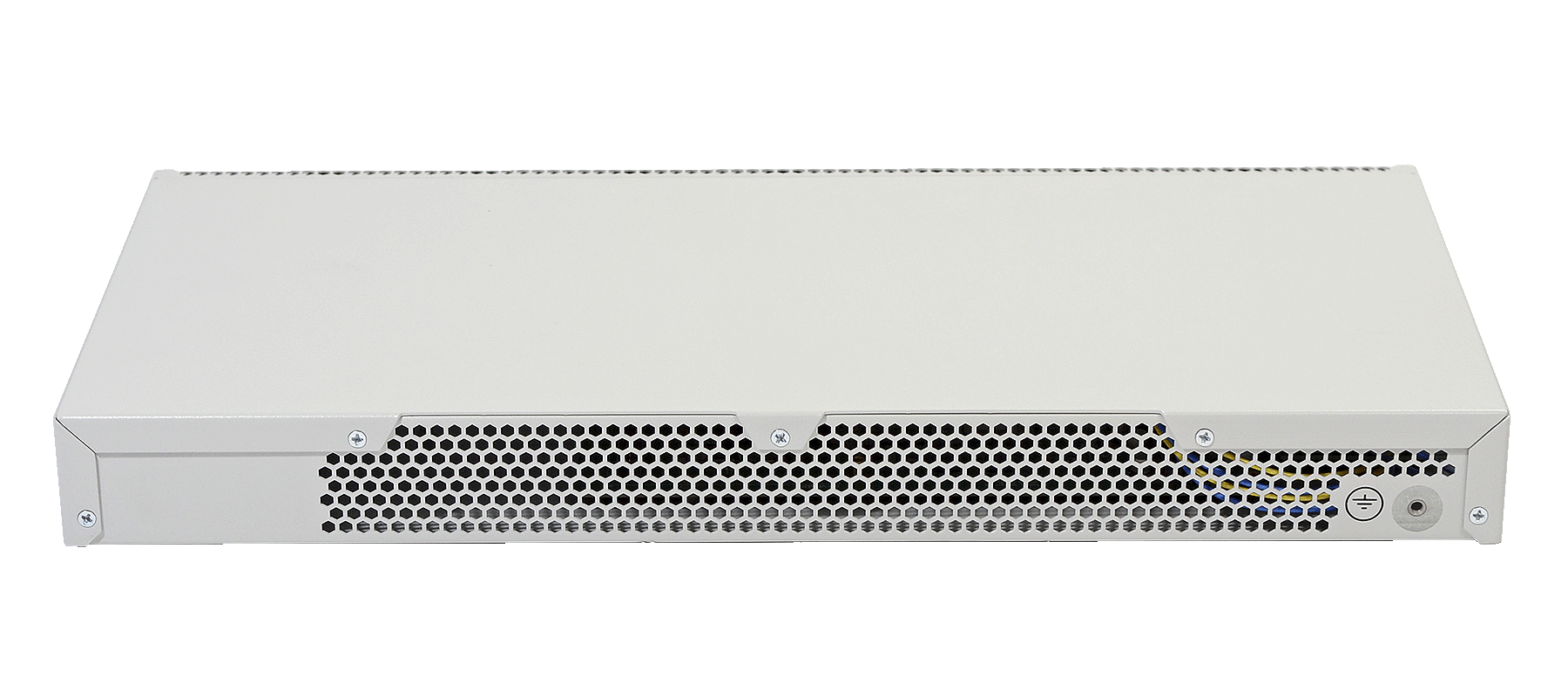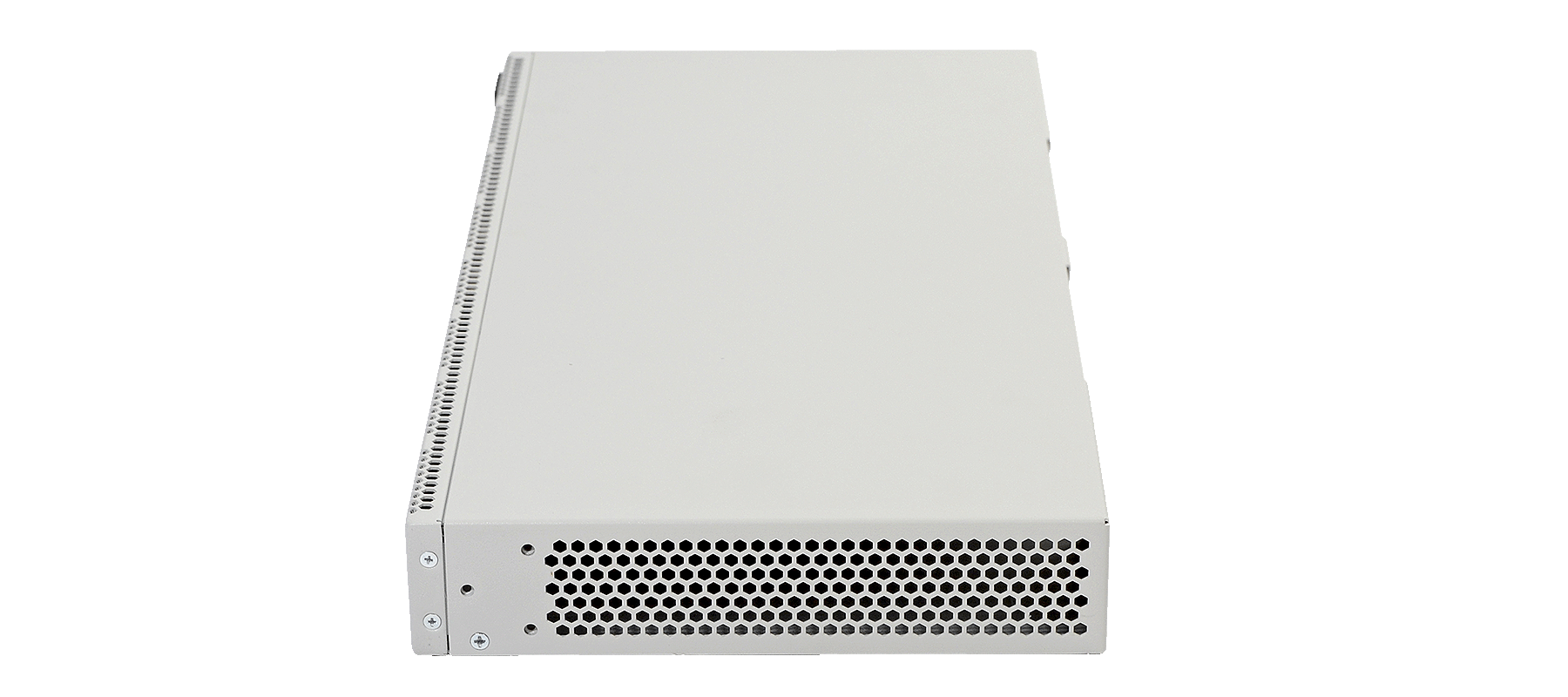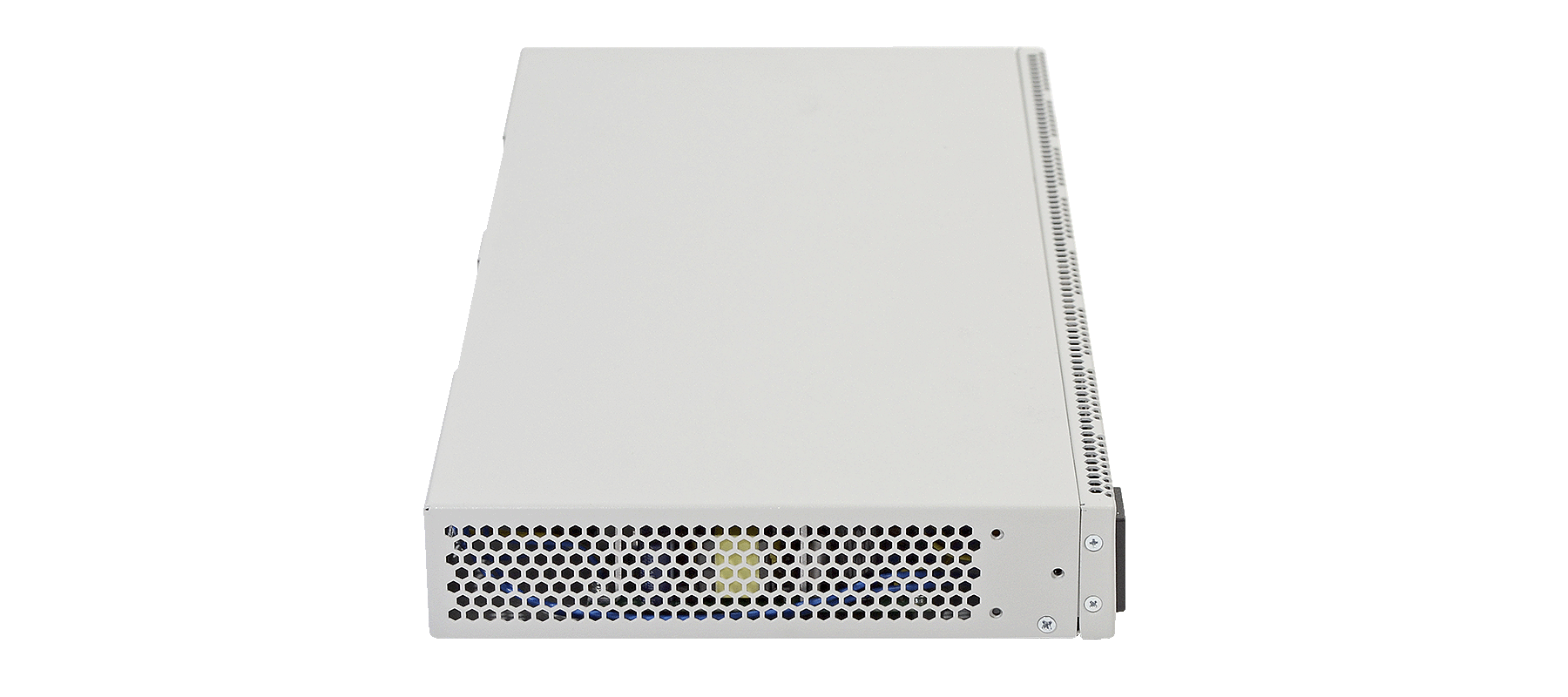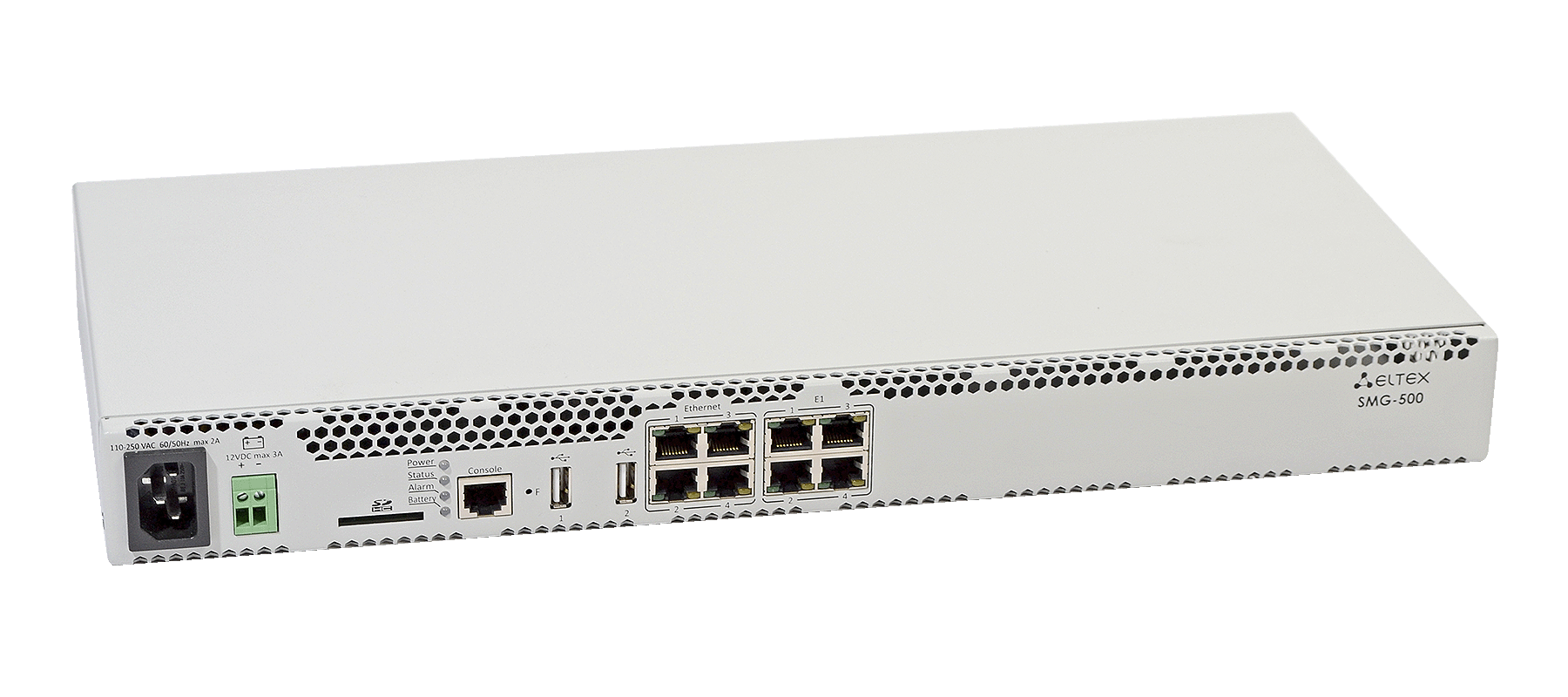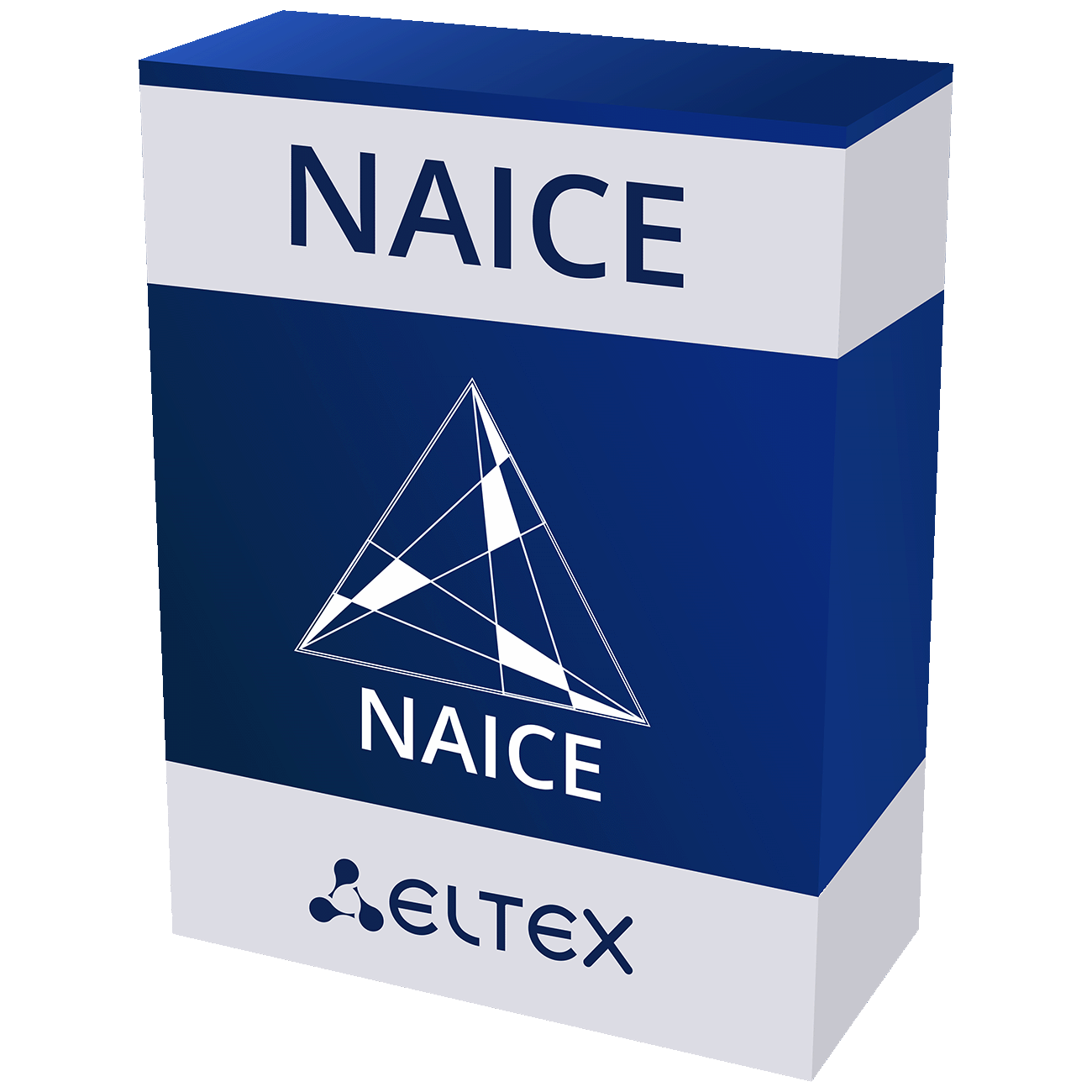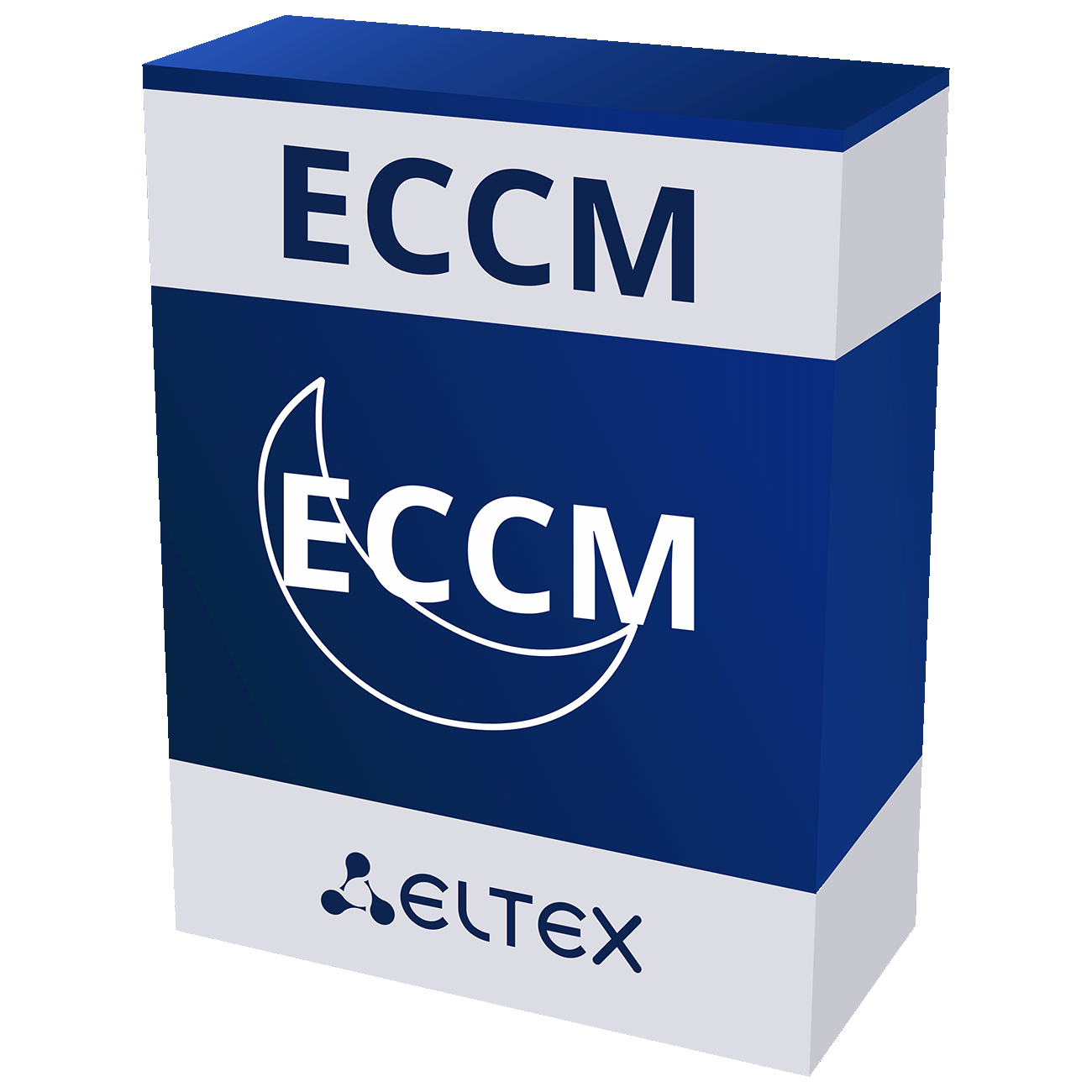Enterprise IP PBX SMG-500
- SIP subscribers:
- up to 500
- E1 Streams:
- up to 4


Description
The basic configuration of the enterprise IP PBX SMG-500 is designed to connect up to 250 SIP subscribers and can be extended to connect up to 500 subscribers when purchasing the appropriate software . The E1 ports and SIP trunks can be 1 used for connection to PSTN. Analog phones are connected to SMG-500 via subscriber VoIP gateways, IP phones – directly via the company network. Call recordings and CDR files are stored on the SD card or USB drive. It is also possible to automatically upload files to external data storage or an FTP server.
Networking of separated offices
The SMG-500 allows clients to organize an enterprise telephone network between remote offices of the company with minimal costs. Landline phone numbers in all offices remain the same, as customers will continue calling the known numbers. Employees from different offices can call each other on short numbers absolutely free, thus reducing the cost of intercity and international calls.
Multiservice platform
The variety of services allows clients to create the most efficient individual call processing scenarios. The SMG-500 supports conference calls, call recording, multiple channels and interactive voice menu.
Functional compatibility
Strict compliance with modern protocols, recommendations and standards ensures 100% functional compatibility of SMG 500 with equipment from different vendors: digital PBX, IP PBX, Softswitch, VoIP gateways, SIP phones, SIP software clients, etc.
Smart IP network protection
The IP PBX SMG-500 has intelligent protection against unauthorized external connections of SIP subscribers (dynamic firewall, static firewall, white/black lists, etc.) and connections via http/https/telnet/ssh.
High quality voice processing
The high quality of voice processing is provided by the up-to-date hardware platform, support for main audio codecs used in VoIP networks (G.711, G.726, G.729), echo cancellation, silence detector, comfort noise generator, receiving and generating DTMF signals, as well as traffic prioritization mechanisms (QoS).

Specifications
- Up to 500 subscribers
- Up to 4 E1 streams
- Up to 100 simultaneous conversations
- Battery backup power
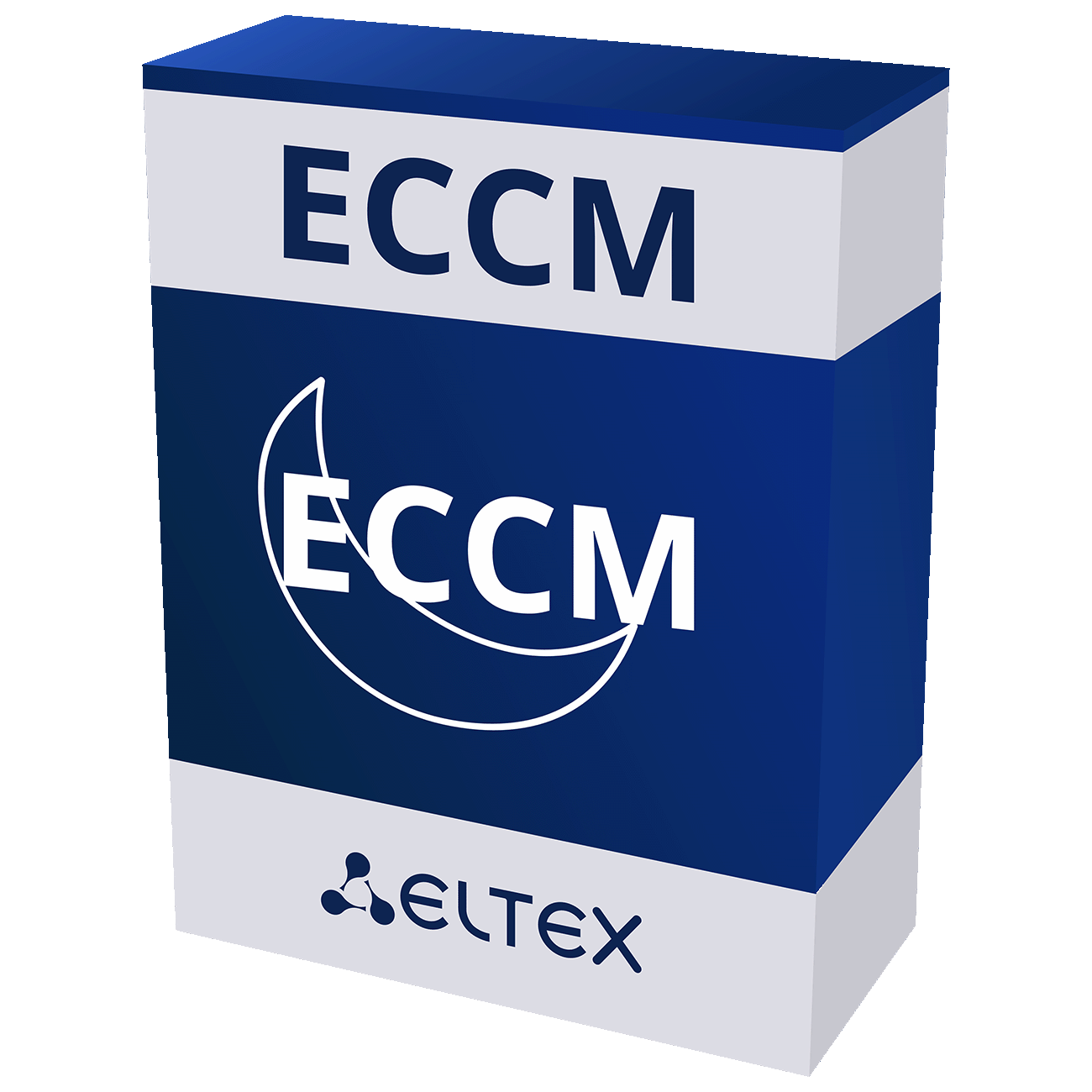
Related products



